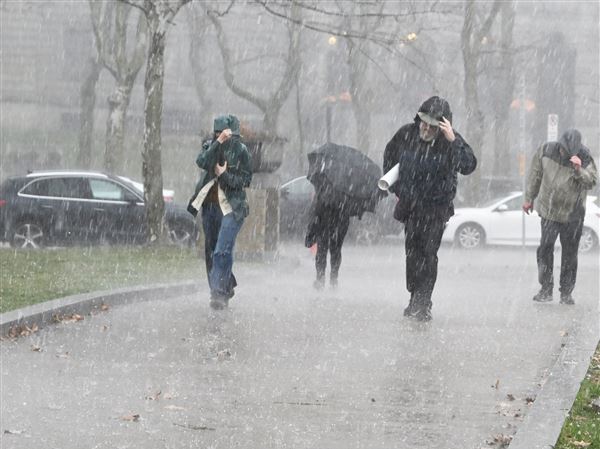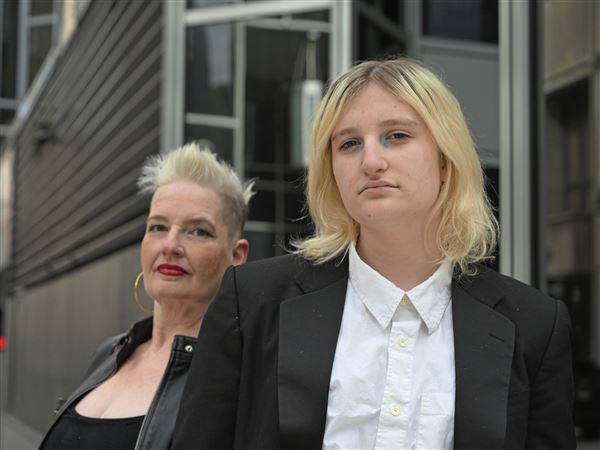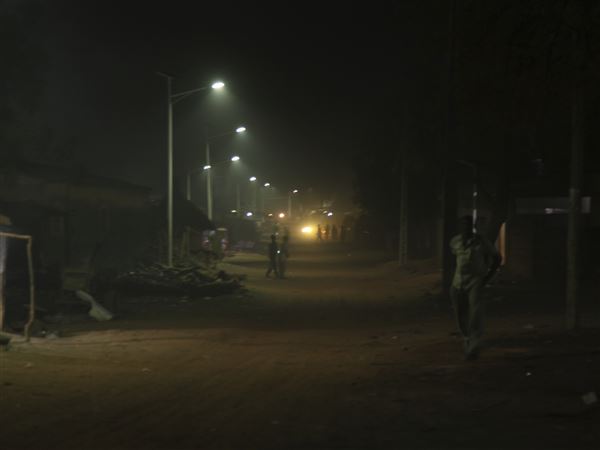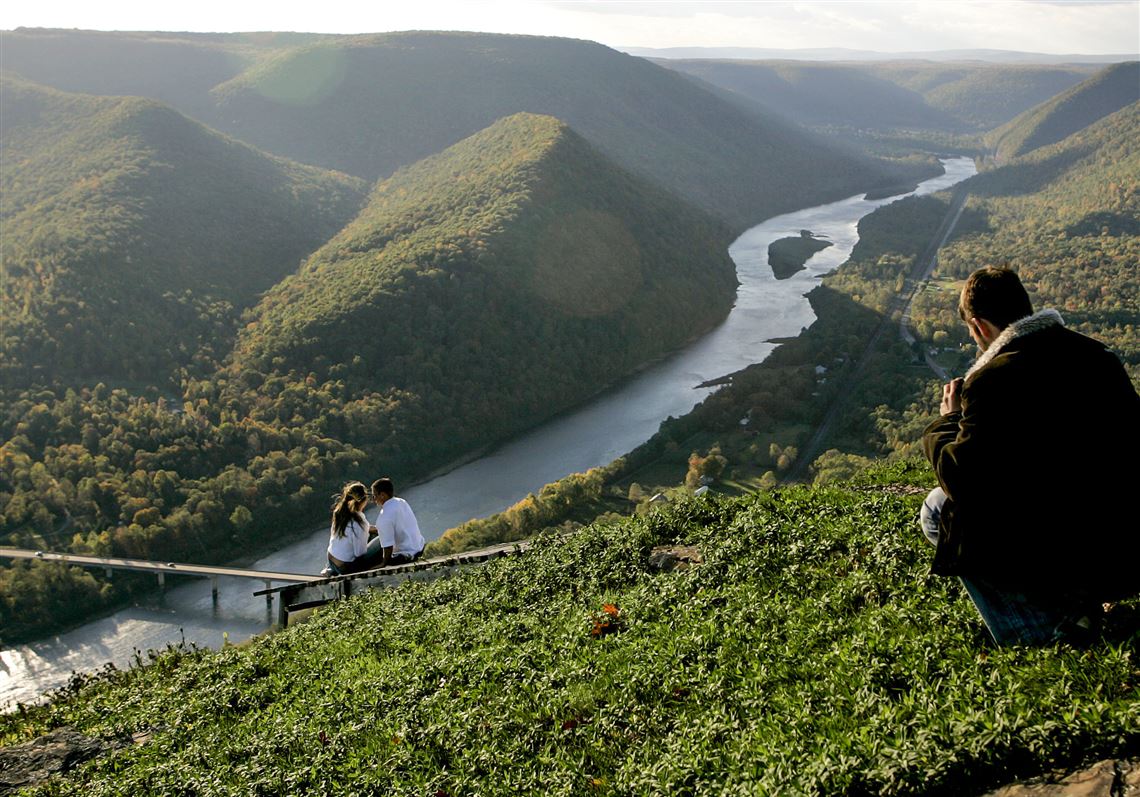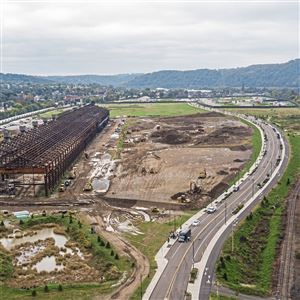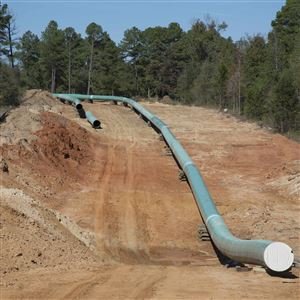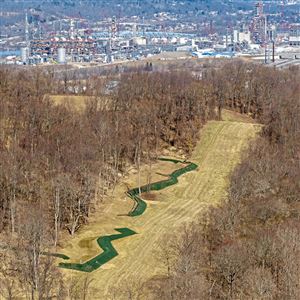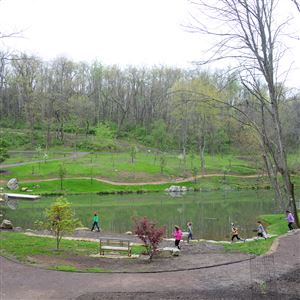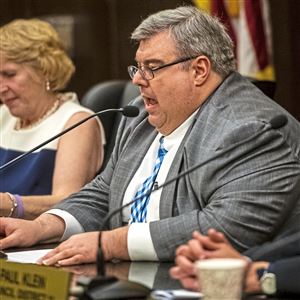Forty-one streams, creeks, brooks and runs, some so small they don’t have names, are finally flowing toward the more stringent water quality protections that will come with their reclassification as “High Quality — Cold Water Fisheries.”
More than five years after they were first published in the Pennsylvania Bulletin, the proposed redesignations, covering 222 miles of waterways in 21 Pennsylvania counties were sent by the Environmental Quality Board last month to state Senate and House environmental committees and the Independent Regulatory Review Commission for final review and approval.
The IRRC has scheduled final action on the redesignations at its meeting April 15.
Once approved, the stretches of Mosquito Creek, a tributary of the West Branch of the Susquehanna River in Lycoming County; Salt Lick Run, a tributary of Beech Creek in Centre County; Fireline Creek, a tributary of the Lehigh River in Carbon County, and dozens more will join the 21,000 miles of “HQ” waterways in the commonwealth already receiving enhanced protections against degradation from pollution.
Greg Malaska, president of the 15,000 member Pennsylvania Chapter of Trout Unlimited, knows his way around the pristine cold water brook trout streams of the Pocono Mountains near his home in Jim Thorpe Borough, Carbon County, and knows too the benefits of, and pressures on, the state’s water resources.
Mr. Malaska’s comment letter on the proposed redesignations cites the importance of protecting the state’s native brook trout fishery for the state’s 1.3 million anglers and its $29 billion outdoor recreation economy, and also notes the wider benefits of preserving water quality for downstream water users such as farmers and industry, and the 175,000 people that draw drinking water from the 41 streams.
“In Pennsylvania, we have the most diverse trout fishing in America and we also have 13 million people,” he said in a phone interview this month. “The more ways that we can find to protect the state’s important water resources the better, and the (HQ) designations are a practical and reasonable way to do that.”
Today, HQ designated waterways make up a little less than a quarter of the approximately 84,500 miles of surface waterways in Pennsylvania.
All 41 waterways in the batch approaching final regulatory action are already listed by the Fish and Boat Commission as “Class A wild trout streams,” a biological designation based on trout population survey data and first applied to waterways in 1983. The commission uses that listing for management of those streams’ fisheries.
The fish commission recommended to the state Department of Environmental Protection that the 41 stream sections receive the HQ redesignations. And, following its independent review, the DEP submitted the streams list to the state Environmental Quality Board for its approval of the more protective redesignation.
Discharges into an HQ designated stream are only permitted if they are the result of “necessary social or economic development,” the discharges meet specific pollution limits and all existing stream uses are protected, according to DEP regulations. All discharges into HQ streams require individual, not general, permits.
Pennsylvania also has designated more than 3,800 miles of its surface waters as Exceptional Value or “EV” streams, which allow no degrading discharges and have more protections than HQ streams.
“Once a stream is classified to HQ or EV designation, more stringent antidegradation rules come into effect through the federal Clean Water Act,” Jennifer Orr-Greene, Trout Unlimited’s eastern policy director, said in email comments. “In the case of HQ streams, if a project is proposed that wants to discharge to these streams — say a new industrial plant of some sort — they must evaluate alternatives to discharging to that stream and, if alternatives are not available, they must meet higher water quality limits for any wastewater they discharge to the stream.”
The EQB received 774 public comments in support of the stream redesignations and three opposed.
In response to the comments, DEP expanded the HQ redesignations on seven streams, adding an additional 13 stream miles. Consideration of those changes may have lengthened the regulatory review.
PennFuture, a statewide environmental organization, filed comments supporting the redesignations, stating that the state’s water resources are essential to public health and economic wellbeing and deserve the strongest protections.
“Designating these stream segments High Quality will help provide them with an additional layer of protection to help ensure they are not degraded,” the PennFuture letter states.
Filing comments in opposition was FirstEnergy, the Akron, Ohio-based power company that owns and operates a handful of electric companies in Pennsylvania. In a May 2019 letter it stated the proposed stream protections are a concern because they “may impose undue burdens on critical infrastructure projects.”
As an example, FirstEnergy said the redesignation of a 21-mile section of Mosquito Creek and its adjacent watershed as HQ could cause costly delays due to new permitting requirements. The utility urged the DEP to develop a new general permit for HQ waters “in an effort to keep the time burden and cost of individual permits to a minimum, so that infrastructure improvements can be installed as efficiently as practicable.”
Dave Nihart, the Fish and Boat Commission’s fisheries management division chief, said in an email response to questions, that the stream redesignations provide helpful protections against the stream warming impacts of a changing climate.
“Climate change can certainly impact wild trout populations,” Mr. Nihart said, “and ensuring that a water’s chemical, physical, and biological habitat remains protected is imperative to protecting Pennsylvania’s wild trout resources.”
Jamar Thrasher, a DEP spokesman, said in an email response to climate change impact questions that High Quality — Cold Water Fisheries designated waterways will continue to be protected accordingly.
“If water quality conditions are found to not attain a protected use through the Department’s routine monitoring and assessment efforts, the surface water is added to the Department’s list of impaired waters and steps are taken to improve water quality conditions in an effort to attain the protected use,” Mr. Thrasher said. “An impact like climate change wouldn’t decrease the number of surface waters designated CWF or HQ-CWF, however it could increase the number of these surface waters that would be listed as impaired due to decreased water quality.”
Several commenters were critical of the lengthy redesignation process which meanders through multiple notification and comment periods, commissions and departments, and, in the case of the 41 streams on the iredesignation listing, has taken more than five years and still isn’t finished.
The EQB, in its public comment response document, answered by saying work on waterway evaluation and redesignation has been “ongoing” over the last four years.
“The department (DEP) continuously monitors streams and collects samples, which take time to process in a lab, and gathers other relevant data associated with stream redesignation evaluations,” the EQB stated. “Additionally the department incorporates a robust public review into every step of the evaluations.”
Mr. Malaska noted in his comments on the 41 streams redesignation that notice for redesignation of an additional 60 streams as High Quality was listed in the June 16, 2018, Pennsylvania Bulletin, where government regulatory actions are publicized.
While acknowledging that the process is “necessarily complicated,” he urged the DEP to move more quickly on those next redesignations.
“We are pleased to be part of the process, but also would hope they can streamline and expedite things,” he said in a recent interview. “If they can move the redesignations along faster that would be great for everybody.”
Mr. Thrasher said those proposed stream redesignations are scheduled for presentation to the EQB at its April 20 meeting, and are expected to take two years to complete.
Don Hopey: dhopey@post-gazette.com
First Published: March 21, 2021, 10:00 a.m.
